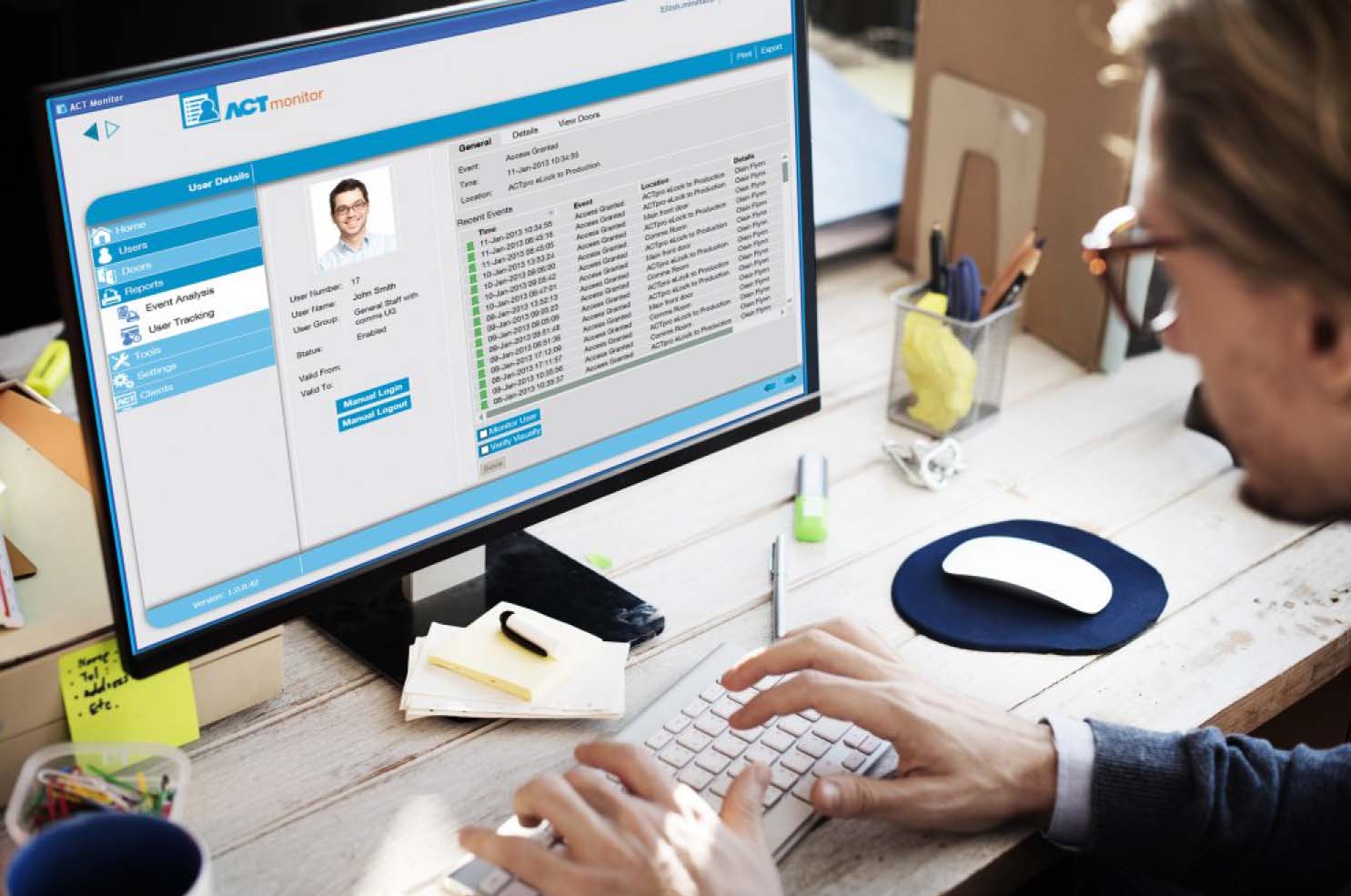Vanderbilt have always had a firm belief that access control should not be difficult or time-consuming to install and use, and this is the simple thinking ACT Enterprise’s new feature set was developed around.

The USP of the existing ACT system has been that it possesses all the features expected in a modern-day access control system, and is simple to install and maintain, regardless of access control experience. This matters to installers because when a system is fast to install and more straightforward to set-up and quote, it removes the complexity from access control and allows installers to get more done, more efficiently and in less time. This ultimately benefits their business and their bottom-line.
The latest features of ACT Enterprise – integration with Vanderbilt’s award-winning SPC intrusion system, rules mapping engine, and a smartphone app – simply build on the back of this concept.
The highest level of interest shown by customers when these new features were first demonstrated at IFSEC London back in June, was reserved for the rules mapping engine. Essentially, this feature is an easy point-and-click way of saying, “if this happens and this happens, and this doesn’t happen” then I want to do “this and this.”

It is this ease-of-use and simplistic approach of the rules mapping to enable advanced configurations of triggers that make it a stand out feature set for customers. These can be actioned on events such as system input and output change, and card swipe outcomes across the access control system as well as other elements of an integrated system such as intrusion system events.
“The ACT Enterprise rules mapping engine offers the customer an intuitive method to create rules based on access control events and Boolean logic,” stated Michael Moyna, Technical Product Marketing Manager at Vanderbilt, “It does this by permitting the creation of logical relationships between system elements through a drag-and-drop interface.
“For the end user,” illustrated Moyna, “The addition of rules mapping ensures that system interactions can be seamlessly introduced on a system-wide basis, thereby enabling a higher level of added value to be realized, both for security and business-based functionalities.”
The ACT Enterprise rules mapping engine ensures intuitive, easy-to-use I/O management for trigger detection with compatible devices. These devices are usually attached to a door or an automated electrical that closes the circuit on the I/O unit. When this circuit is closed, an alarm is sent over the network, and ACT Enterprise captures that.